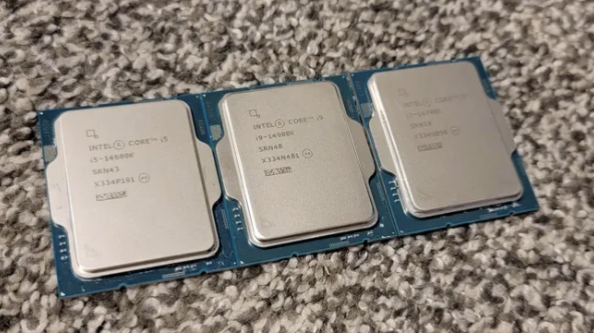
Intel has confirmed to Tom’s Hardware that reports it has solved the root cause of the Core i9 crashing issues are false. Intel’s statement is counter to German publication Igor’s Lab, which reported earlier today that Intel had discovered the root of the problems affecting the stability of 13th Raptor Lake and 14th Generation Raptor Lake Refresh Core i9 processors, spawning a wave of reporting that claimed a fix would arrive via a firmware patch.
“Contrary to recent media reports, Intel has not confirmed root cause and is continuing, with its partners, to investigate user reports regarding instability issues on unlocked Intel Core 13th and 14th generation (K/KF/KS) desktop processors,” Intel said in a statement sent to Tom’s Hardware. “The microcode patch referenced in press reports fixes an eTVB bug discovered by Intel while investigating the instability reports. While this issue is potentially contributing to instability, it is not the root cause.”
Igor’s Lab claimed to have obtained an internal document, reportedly under NDA, highlighting the instability’s underlying cause was “an incorrect value in microcode algorithm associated with the eTVB feature.” If you’re unfamiliar with eTVB (enhanced Thermal Velocity Boost), it’s a feature that resourcefully overclocks the processor’s cores above the maximum turbo frequency when certain conditions are met. eTVB only kicks in when there is enough thermal and power headroom.
eTVB technology is an exclusive feature for Intel’s Raptor Lake chips, specifically the Core i9 SKUs. eTVB is a great asset for Core i9 processors since it gives them a burst of performance in games and applications that prize high clock speeds.
According to the purported failure analysis report cited by Igor, Intel detected a displacement in the minimum operating voltage on the Core i9 parts due to exposure to elevated core voltages.
It appears that Intel can remedy this specific issue with a firmware update. However, the root cause of the instability issues has still not been identified.
Intel had previously noted that motherboard vendors needed to enable the required safety features instead of tuning their firmware for maximum performance and making processors run outside their specifications. This action forced manufacturers to release updated firmware with Intel Baseline Profiles that ensure all of the chips’ safety mechanisms are enabled.
Signup bonus from





